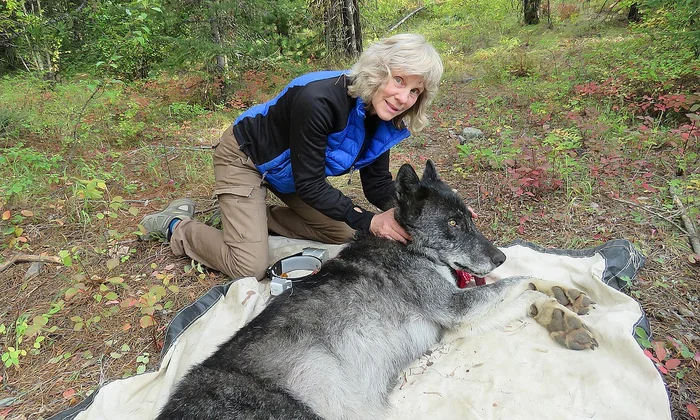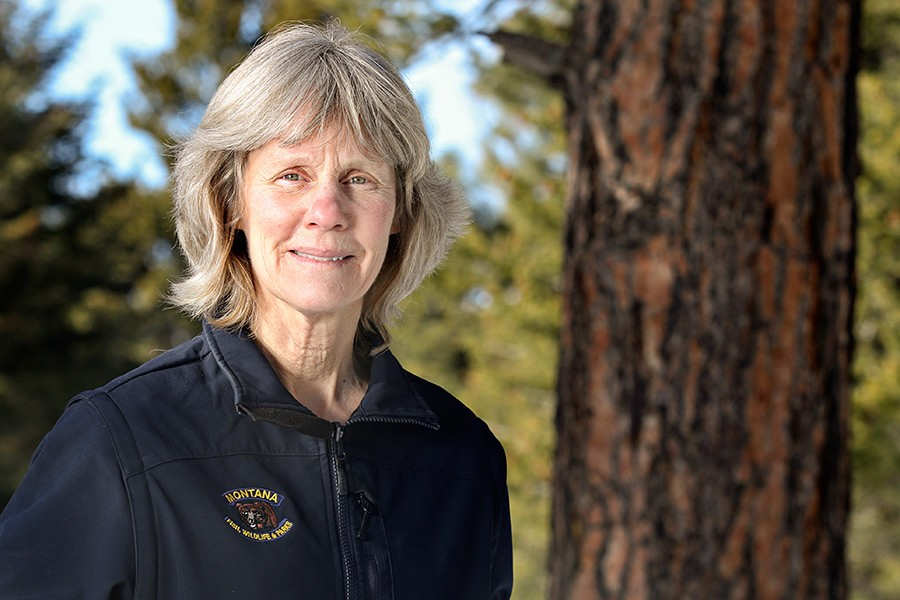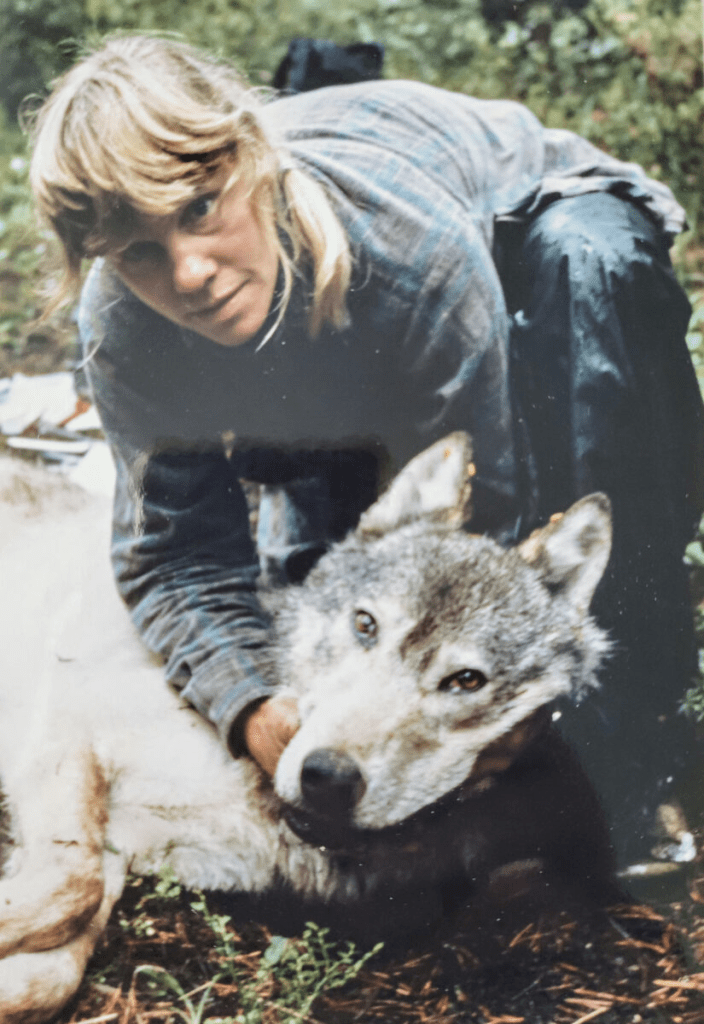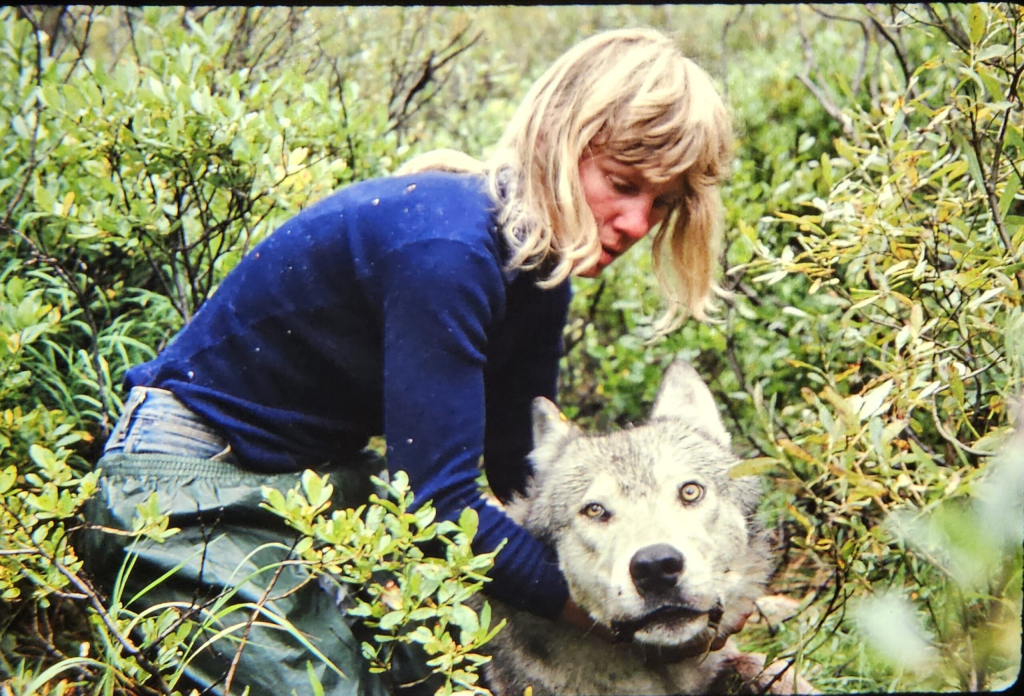In 1980, while many were busy chasing careers in cities or settling into suburban life, a woman named Diane Boyd made a decision that most would never even consider. She left the comforts of modern life to live among the wild wolves of Montana. Not just for a week or a summer but for twelve whole years. Her mission was simple, yet bold: to understand gray wolves by studying them where they lived, breathed, hunted, and howled.
What followed wasn’t just a personal journey into the wilderness. It became a groundbreaking chapter in wildlife conservation, one that helped rewrite everything we thought we knew about one of the most misunderstood predators in North America.

Choosing the Wild
When Diane Boyd made her way to the rugged, snow-covered landscapes of remote northwest Montana, she wasn’t seeking adventure she was chasing knowledge. At the time, wolves were still considered villains in American folklore and government policy alike. Hunted nearly to extinction in the continental U.S., they were feared, hated, and often blamed for livestock losses without evidence.
Boyd didn’t believe the stories. She wanted to see for herself what wolves were really like. And to do that, she had to get close very close.

Living with Wolves in the Cold
Her daily life was anything but ordinary. Diane skied across miles of frozen terrain to track wolf packs. She used radio collars to monitor their movements and spent hours, sometimes days, in silence just to observe a single pack behavior in real time. She didn’t work from an office. Nature was her lab. The mountains, her workplace.
Video:
Terrifying encounter with strangers in the woods – JRE Diane K. Boyd
One moment that stands out among her many stories: she once risked her own life to save a wolf from a grizzly bear. That’s not a metaphor. A charging grizzly, angry and territorial, had set its sights on a radio-collared wolf Diane had been following. Without hesitation, she intervened. The wolf survived and so did she.
These moments weren’t just brave; they were deeply committed. Her willingness to get that close to danger reflected how far she was willing to go to understand the truth about wolves.
Changing the Narrative
For centuries, wolves had been painted as ruthless killers. But Boyd’s research showed something different wolves are intelligent, social animals that live in structured packs with deep family bonds. They’re not out to kill for fun. In fact, they often avoid humans altogether.
Her work provided evidence that challenged many old myths and changed how both scientists and the public viewed gray wolves. Thanks in part to her tireless effort, wolves were no longer seen as pests, but as crucial parts of healthy ecosystems. Predators like wolves help regulate prey populations, which in turn helps forests and grasslands thrive.

Protecting the Wolves for the Future
Boyd’s work didn’t stay confined to field journals. It influenced conservation efforts across the country, helping set the stage for major policy changes. Her data contributed to the reintroduction of wolves in Yellowstone National Park in the mid-1990s a historic move that became one of the greatest ecological success stories in U.S. history.
Wolves that had once vanished from the landscape were suddenly back, howling across valleys once again. And their presence changed everything. Elk herds started moving differently. Riverbanks recovered from overgrazing. Songbirds returned. This was what ecologists call a “trophic cascade” a chain reaction of life bouncing back.
Video:
Wolf Expert Diane Boyd on Reintroduction, Hunting, and Wolves “Saving the Planet”
Legacy of a Lone Woman and a Pack
Today, Diane Boyd’s legacy lives on, not only through thriving wolf populations but through the countless scientists and wildlife advocates she has inspired. Her life’s work showed the power of firsthand observation, persistence, and compassion for misunderstood creatures.
Living for over a decade in brutal cold, isolation, and danger wasn’t just about science it was about giving wolves a fair chance. It was about turning fear into understanding, and myths into facts.
As we continue to face environmental crises and debates over predator management, the story of Diane Boyd reminds us of one simple truth: the wild still has much to teach us, if only we’re brave enough to listen.



